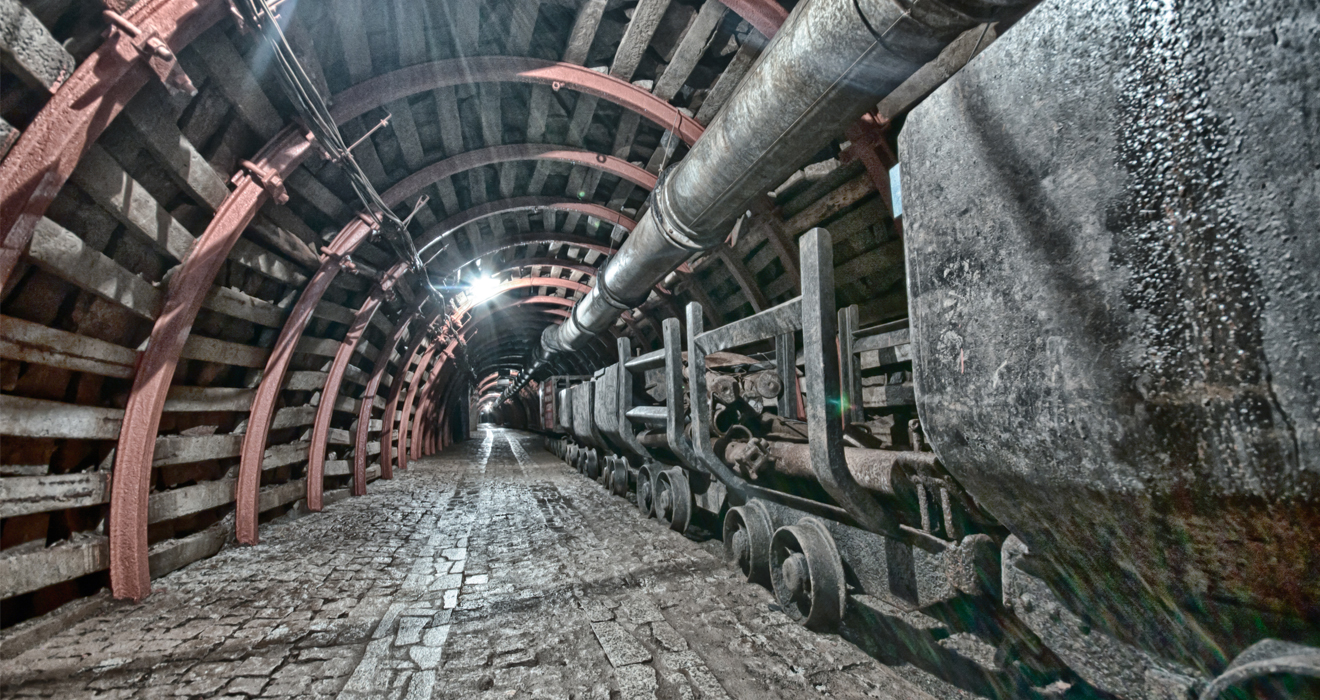The mine ventilation system is an important component of mine safety production, and its main function is to provide fresh air for workers in the mine, eliminate harmful gases and dust, and maintain a good working environment. The safety of the mine ventilation system is directly related to the life safety of miners and the production efficiency of the mine.
The mine ventilation system usually consists of ventilation fans, air doors, air ducts, air shafts, and ventilation ducts. The ventilation fan is responsible for delivering fresh air from the ground to the underground, while also discharging exhaust gas from the underground. The air damper is used to regulate the direction and volume of air flow, while the air duct and ventilation duct are channels for air flow, ensuring the circulation of air in various working areas underground.
The main functions of the mine ventilation system include: providing fresh air to ensure the normal breathing of miners; Eliminate harmful gases such as methane and carbon monoxide to prevent poisoning and explosion accidents; Eliminate dust and reduce the harm of dust to the health of miners; Maintain suitable temperature and humidity underground to ensure the comfort of the working environment.

The importance of safety analysis for mine ventilation systems
In the process of mine operation, methane, carbon monoxide and other toxic and harmful gases in coal seams will be continuously released. If the ventilation system is not functioning properly, these harmful gases will not be able to be eliminated in a timely manner, which can easily accumulate underground and cause poisoning or explosion accidents for miners. Through safety analysis, timely detection and resolution of hidden dangers in ventilation systems, and ensuring effective emission of harmful gases, are the key to ensuring the safety of miners.
The dust generated during mining operations not only affects the respiratory health of miners, but may also cause coal dust explosions. The effective operation of the ventilation system can timely discharge dust outside the well and reduce the concentration of dust underground. Safety analysis can help identify potential dust accumulation issues in ventilation systems, take corresponding improvement measures, and reduce the harm of dust to miners.
The temperature and humidity of the underground working environment have a direct impact on the health and work efficiency of miners. The ventilation system can regulate the temperature and humidity underground, ensuring the comfort of the working environment. Through safety analysis, the operation status of the ventilation system can be detected and optimized, ensuring that it can effectively regulate the underground environmental conditions and improve the work efficiency and safety of miners.
The safety of the mine ventilation system is an important component of the overall safety of the mine. Through regular safety analysis, hidden dangers in the ventilation system can be identified and dealt with in a timely manner, preventing the occurrence of various accidents. Especially in the event of sudden accidents (such as fires and gas explosions), the effective operation of the ventilation system can help evacuate harmful gases and smoke, reduce the damage to the lives of miners and mine property caused by accidents.
The main content of safety analysis for mine ventilation systems
Ventilation equipment is an important part of the mine ventilation system, and maintaining its good operating condition is crucial. Safety analysis should include regular testing and maintenance of ventilation fans, dampers, ducts, and other equipment to ensure their normal operation and reliability. When equipment malfunction or performance degradation is found, timely maintenance or replacement should be carried out.
Evaluate the operational effectiveness of the ventilation system by measuring the air flow distribution and air volume in various operating sections of the mine. Ensure that each work area has sufficient fresh air to discharge harmful gases and dust. Safety analysis should include regular air volume measurement, timely adjustment of ventilation system operating parameters, and optimization of air flow distribution.
Regularly monitor the concentration of harmful gases and dust in various working areas underground, and evaluate the emission effect of the ventilation system. Through safety analysis, identify the shortcomings in the ventilation system, take corresponding improvement measures, and ensure that the concentration of harmful gases and dust meets safety standards.
Develop and drill emergency plans for ventilation systems in emergency situations (such as fires and gas explosions) to ensure that the ventilation system can effectively discharge harmful gases and smoke in the event of a sudden accident, protecting the safety of miners. Security analysis should include the evaluation and improvement of emergency plans, continuously improving emergency response capabilities.
The safety analysis of mine ventilation system plays an important role in ensuring the safety of miners and mine production. Regular inspection, evaluation, and improvement of the ventilation system can effectively prevent the accumulation of harmful gases and dust, ensure the suitability of the underground working environment, and improve the overall safety level of the mine. Mining enterprises should attach great importance to the safety analysis of ventilation systems, develop scientific analysis plans, cultivate professional analysis teams, adopt excellent technical means, continuously improve the operational effectiveness of ventilation systems, and ensure the safety of miners and mine production.







Comment